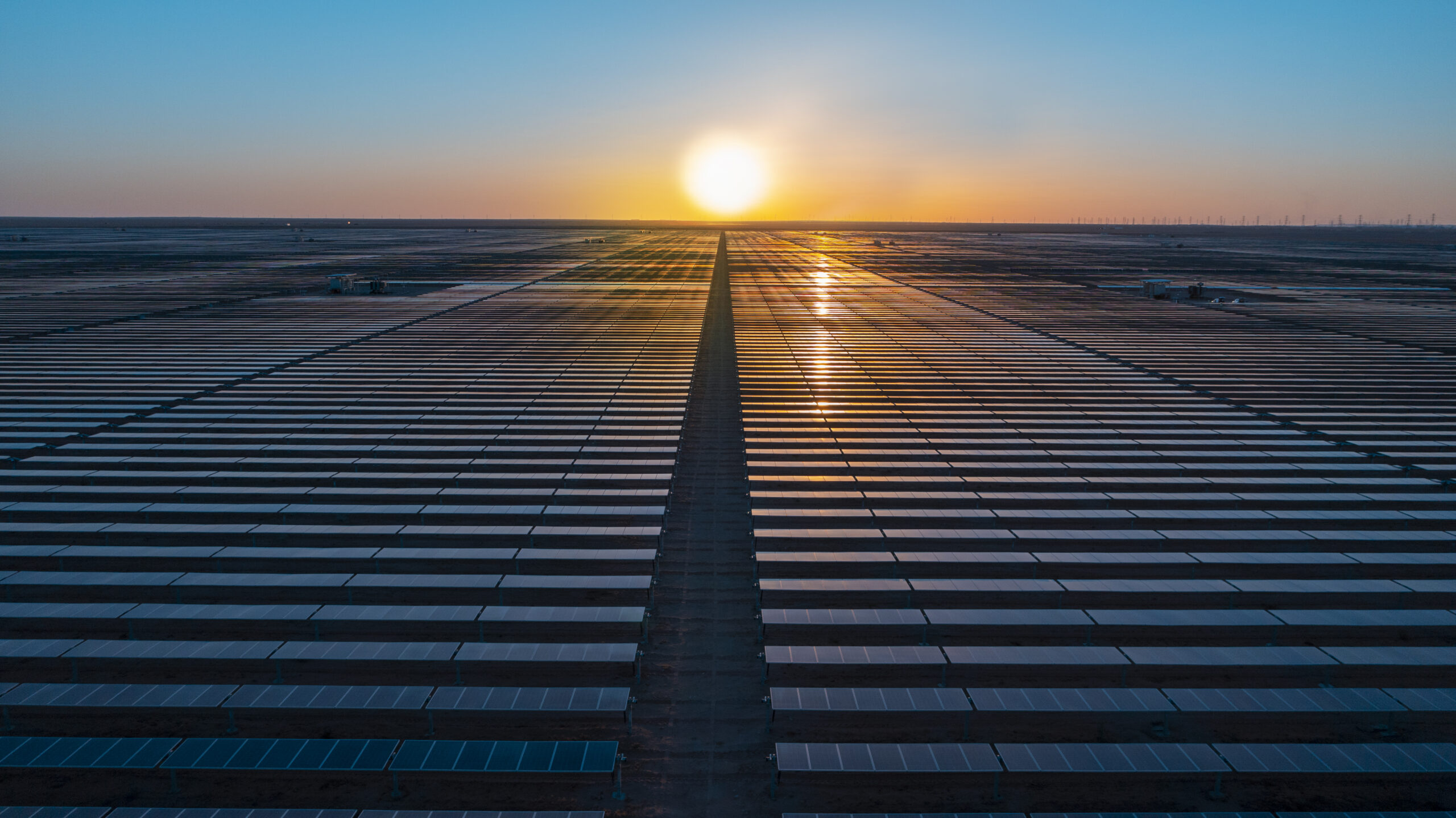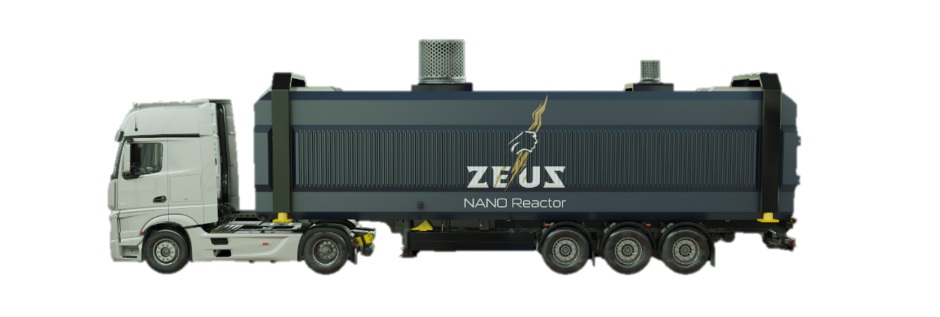For wine lovers and experimenters alike, the wine industry may be in store from some significant updates. One of these updates may be in the form of artificial intelligence (AI). AI works by learning from old data sets pre-programmed into its software to make informed decisions and predictions. Already some companies are harnessing the power of AI as a virtual sommelier, with significant success.
One of these companies is Sippd, whose app allows users to experiment with new wines or wine pairings while on the go. The process for creating this 5-Star reviewed app was rather complicated. According to Head of Marketing, Alicia Ortiz: “To boil it down, we compiled a large set of wine information, including name, producer, region, styles prices grapes, alcohol content, and more. We then used this information to create a mathematical equation that calculates the degree of similarity to all other wines in our extensive database. This allows us to understand how similar wines are, and based on a user’s ratings, we can calculate how similar or dissimilar wines are to the wines a user fold our algorithm they liked or disliked.”
 A similar company, Tastry, took a much more chemistry-based approach when creating their AI sommelier. “We chemically analyze products at our lab to decode the flavor matrix the same way the human palate would, and then we combine the consumer preference data that we gather in the market,” explained CEO and Tastry founder Katerina Axelsson. “We work with sensory experts and developed analog questions that would help pinpoint or fingerprint a consumer palate without requiring any historical data. So, when we trained our algorithms, we had thousands of customers rate thousands of wines, but also answer 200 questions about how they like black coffee, licorice, or dark chocolate.” From their surveys, the Tastry staff then developed quizzes to fully customize an individual’s preferences. Though Tastry doesn’t have an app, its products have been deployed in supermarkets.
A similar company, Tastry, took a much more chemistry-based approach when creating their AI sommelier. “We chemically analyze products at our lab to decode the flavor matrix the same way the human palate would, and then we combine the consumer preference data that we gather in the market,” explained CEO and Tastry founder Katerina Axelsson. “We work with sensory experts and developed analog questions that would help pinpoint or fingerprint a consumer palate without requiring any historical data. So, when we trained our algorithms, we had thousands of customers rate thousands of wines, but also answer 200 questions about how they like black coffee, licorice, or dark chocolate.” From their surveys, the Tastry staff then developed quizzes to fully customize an individual’s preferences. Though Tastry doesn’t have an app, its products have been deployed in supermarkets.
Tastry has found that the close proximity between the wine aisles and their products is beneficial. “A consumer can expect hyper-personalized wine recommendations tailored to their palate and can avoid risking the money on a product they don’t love,” Axelsson said. But the customers aren’t the only ones to benefit from Tastry’s products. “Though use, retailers can expect to be more data-driven and customer-focused in their process.” Axelsson mentioned that “Tastry AI can compare the retailer’s consumer palates on a store, local, and regional levels to better curate store product mix. This helps reduce wasted inventory and streamline business processes. For wineries, we help them with production by providing wine chemistry data that helps adjust their wines to match customer tastes.”

While Tastry is looking to benefit the supply chain of the wine industry, Sippd is taking a more social approach. “My favorite feature on the app is Combine Taste Match,” explained Ortiz, “which lets you connect with your fellow vino-aficionados and combine your taste profiles with up to three friends to see recommendations based on the group’s preferences. It’s no fun when someone feels left out, so in addition to trying to find a wine that gets the most overall enjoyment, it tries to provide a recommendation that is equitable-making sure no one is totally dissatisfied.” This social approach also allows a user to feel more connected to other wine lovers, and to find a virtual community through the app.
Sippd’s app also allows users the convenience of the AI sommelier in every setting, even at a restaurant. “You can even use the feature at a restaurant with our Wine Menu Scanner,” Ortiz said. “Just tell us who you’re dining with, snap a picture of the wine menu on the app, and see your Group Taste Match scores to each wine on the menu along with filters for easy picks based on wine style or food pairing. Ordering a bottle of wine for the table can now be done with confidence in a few seconds.” Both Sippd and Tastry have been able to successfully illustrate the benefits of AI algorithms in a user’s tasting experience. AI sommeliers may be just the beginning of this deep technology infiltrating the food industry.
To stay informed about the climate industry explore our latest climate news.
Image Courtesy of Freepik.com
If you found this article to be informative, you can explore more current space news, exclusives, interviews and podcasts here.








